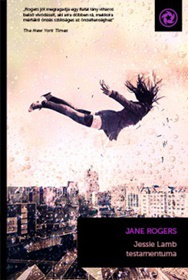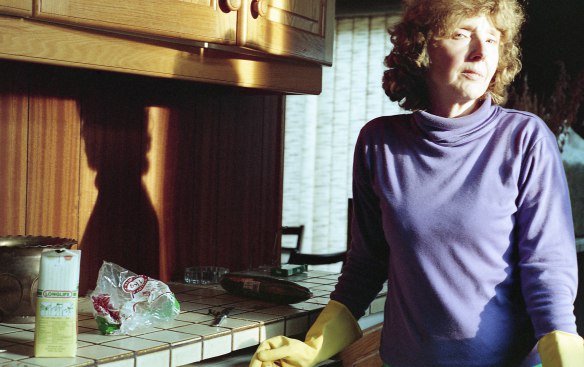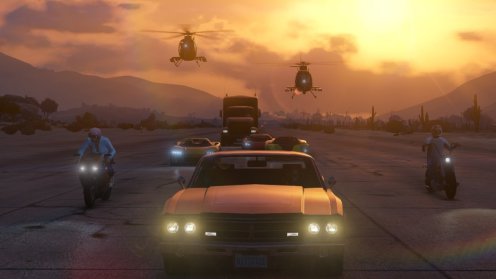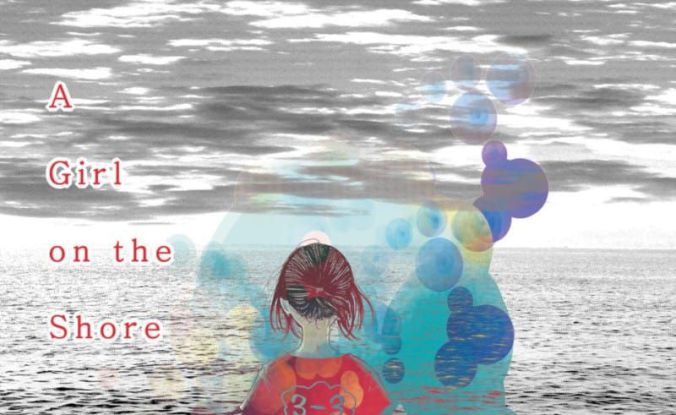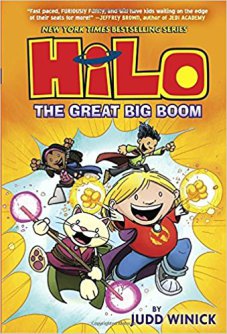 Judd Winick’s third Hilo book has its ups and downs. Compared to the first two books, Hilo: The Great Big Boom has a much weaker opening. However, I think the plot of the third book is stronger than the second. The story is more interesting, and I appreciate the change of scenery that accompanies Hilo and D.J.’s journey to rescue Gina, who was sucked into a portal at the end of the second book. As Hilo and D.J. search for Gina on a strange planet, readers get to ride along into a new setting, meeting unusual interplanetary creatures along the way. In addition to the stronger plot and revitalized setting, I think it’s necessary to note that, because this is a series in which humor is important, the third book has better jokes than Saving the Whole Wide World.
Judd Winick’s third Hilo book has its ups and downs. Compared to the first two books, Hilo: The Great Big Boom has a much weaker opening. However, I think the plot of the third book is stronger than the second. The story is more interesting, and I appreciate the change of scenery that accompanies Hilo and D.J.’s journey to rescue Gina, who was sucked into a portal at the end of the second book. As Hilo and D.J. search for Gina on a strange planet, readers get to ride along into a new setting, meeting unusual interplanetary creatures along the way. In addition to the stronger plot and revitalized setting, I think it’s necessary to note that, because this is a series in which humor is important, the third book has better jokes than Saving the Whole Wide World.
One aspect of the series that has drawn me on has been the larger story arc that encompasses all the books. I like how Winick reveals more about Hilo’s past as the robot’s elusive memories return. Some of the developments in The Great Big Boom feel a bit silly—including the explanation for the book’s title—, but Winick does introduce some intriguing elements. For example, Hilo becomes hesitant to use his powers in fights, and this places his friends in danger. Hilo’s self-doubts are sympathetic flaws, and I like how Winick uses them to round out Hilo’s character. Hilo has to wrestle with the question, “What do you do when you don’t want to harm anyone by using your powers but could endanger your friends by inaction?” Hilo’s struggles bring surprising depth to this children’s book.
When I began this series, I thought it was a trilogy. I must admit I was a bit disappointed to learn that it wasn’t because I think more than three books is a bit excessive. The second and third book might have been stronger if Winick had packed more into them and finished the story with The Great Big Boom. However, time and the next book (or books) in the series will tell whether or not Winick was wise to stretch the story out.


